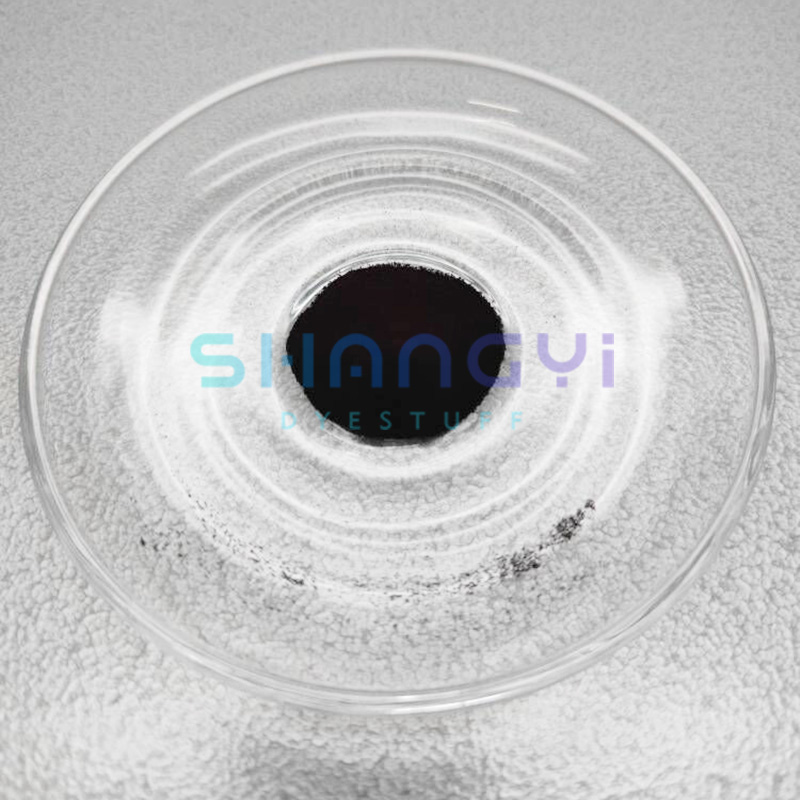Features and characteristics of reactive dyes
2024-01-11
Reactive dyes are a class of synthetic dyes primarily used for coloring natural fibers such as cotton, wool, silk, and other cellulosic fibers. These dyes form a chemical bond with the fibers during the dyeing process, resulting in a permanent and colorfast coloration. Here are some key features and characteristics of reactive dyes:
1. Chemical Bonding:
- Reactive dyes contain functional groups that can chemically react with the hydroxyl or amino groups present in natural fibers. This chemical reaction forms a covalent bond between the dye molecule and the fiber, providing excellent wash and light fastness.
2. Application to Cellulosic Fibers:
- Reactive dyes are most commonly used for dyeing cellulosic fibers like cotton. They can also be applied to other natural fibers such as wool and silk.
3. Dyeing Process:
- The dyeing process with reactive dyes typically involves a series of steps. This includes pre-treating the fabric with chemicals like alkali to activate the fiber for dyeing, followed by the application of the reactive dye in an aqueous solution. After dyeing, the fabric is rinsed to remove any unfixed dye molecules.
4. Wide Color Range:
- Reactive dyes are available in a wide range of colors, offering vibrant and bright shades. The reactive nature of these dyes allows for the creation of a diverse color palette.
5. Good Color Fastness:
- Reactive dyes are known for providing excellent color fastness. The covalent bond formed during the dyeing process ensures that the dye remains firmly attached to the fiber, resulting in resistance to washing, light, and other environmental factors.
6. Versatility:
- Reactive dyes are versatile and can be used for various dyeing techniques, including immersion dyeing, pad dyeing, and printing. They are particularly popular for tie-dyeing and batik due to their ability to penetrate fibers deeply.
7. Environmentally Friendly:
- In comparison to some other types of dyes, reactive dyes are considered relatively more environmentally friendly. However, there have been efforts to improve the environmental impact of textile dyeing processes further.
8. Discharge Printing:
- Reactive dyes are suitable for discharge printing, a process where a dyed fabric is printed with a chemical agent that removes or alters the color in specific areas, creating patterns.
9. Bi-functional Reactive Dyes:
- Some reactive dyes are designed as bi-functional, meaning they can react with more than one site on the fiber, enhancing the depth and intensity of the color.
Reactive dyes are widely used in the textile industry for dyeing fabrics that require high color fastness and a broad spectrum of colors. While they are primarily used for natural fibers, there are also reactive dyes available for certain synthetic fibers. Manufacturers and researchers continue to explore ways to improve the sustainability and environmental impact of dyeing processes, including the development of eco-friendly reactive dyes and dyeing techniques.



